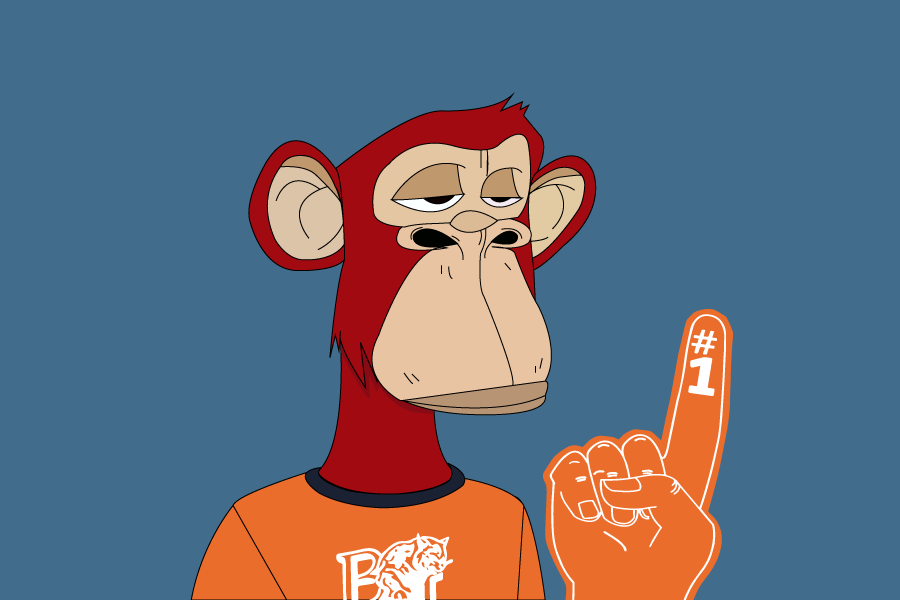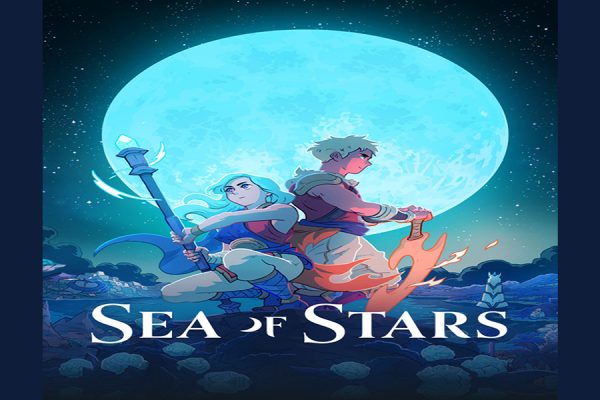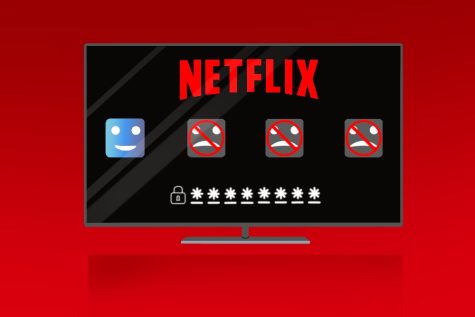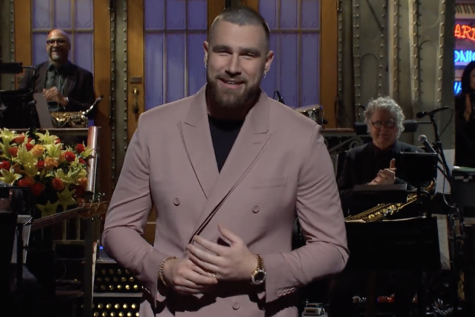NFTs: What are they and why are people angry about them?
NFTs, or non-fungible tokens, have become an increasing topic of conversation and debate among the digital world.
In the past few months, NFTs have become the latest hot topic issue debated on the internet. NFTs, short for “non-fungible tokens,” are being sold for large sums of money by individual creators, big name celebrities and the Democratic Party. But not everybody is aboard the NFT bandwagon with many artists speaking out against them.
Yet as popular as they are, there are still plenty of people who don’t know what NFTs are or why people are so upset about them. So before rushing off to purchase an NFT, here are answers to some of the big questions that come up regarding NFTs.
What does “non-fungible token” even mean?”
According to Ethereum, a proponent of NFTs, “NFTs are tokens that we can use to represent ownership of unique items.” These tokens can, in theory, be anything: concert tickets, real estate and even loans. But the most common use for NFTs is digital content, such as artwork, videos, GIFs, audio files and even old memes like Nyan Cat.
If an object is “non-fungible,” then that means it can’t be exchanged for anything else of equal value. A standard $20 bill is fungible. It’s worth the same amount no matter if it’s fresh off the press or found abandoned in a gutter. If it’s taken to a bank, it can be broken into two $10 bills and the value is still the same.
But Vincent Van Gogh’s “Starry Night,” for example, is considered “non-fungible.” Even though the image can be printed on everything from puzzles to t-shirts, the original “Starry Night” is still valuable because there is only one in existence that was painted by Van Gogh himself.
So that’s what an NFT is at its core: a one-of-a-kind object with its value dependent on its rarity. But what makes NFTs different from regular collectibles is that proof of ownership exists entirely on a digital database and transactions happen completely over computers.
And here’s where NFTs start to get complicated.
How do NFTs work?
One of the requirements for NFTs is that they are bought with a form of digital money known as cryptocurrency or “crypto” for short. A few of the most well-known cryptocurrencies are bitcoin, Ethereum and dogecoin. People who support crypto argue that it’s a more secure way to conduct transactions and it doesn’t require a third party to handle large sums of money.
Why does this matter? Because, like cryptocurrencies, all NFTs have to be documented (or “minted”) on something known as the blockchain. The blockchain exists on a network of computers and stores all information regarding different forms of cryptocurrency and every transaction that is made with crypto. It is extremely difficult to hack into the network and make changes regarding information, which is why it is considered more secure than traditional money.
When somebody creates an NFT and records it on the blockchain, the file is given something known as a “public key.” Like a signature on a painting, it is meant to show that it’s authentic and created by a specific individual, instead of a copycat.
If the NFT is bought by somebody else, the public key is still there. But the new owner has a “private key” that they use to verify that they bought it, much like a receipt. Gemini’s Cryptopedia, however, advises that a private key is never to be shared so nobody else can claim ownership of a purchase. So purchases of NFTs are often demonstrated through a digital signature on messages instead.
In short, the public key shows the creator of the NFT and that’s what gives it its value. The private key is what confirms that somebody else has bought it. Every time somebody sells an NFT, the new buyer gets their own private key while the public key remains the same.
Why don’t people like NFTs?
One reason that people are put off by NFTs is that many of them are caught up in scams. For example, an NFT creator known as “Evil Ape” created a series known as “Evolved Apes” and promised that there would be a game coming out based on these creatures. A week later, the creator disappeared off the face of the Earth with $2.7 million in Ethereum.
Another issue is that, especially in the case of digital art, you are paying a large amount of money for a picture that you can easily right-click and save for free. This has even led to the phrase “right-clicker mentality” to refer to people who don’t understand the value of actually owning the file and instead of owning a cheap copy.
Speaking of cheap copies, there have also been cases where people have minted NFTs of stolen art. Even original NFTs aren’t protected from being stolen, which undermines the idea that they are meant to be more secure than normal transactions.
Not all NFTs could be considered “original.” Many of them often look very similar to each other, save for a few minor changes. Even Neopets’ NFTs are randomly generated.
But the biggest reason that people don’t like NFTs is the environmental cost.
To mint and buy an NFT, you need to mine crypto. “Mining crypto” is essentially solving a series of digital algorithms and it requires a substantial amount of computer power in order to do so. That already locks some artists out of doing NFTs because they may not be able to afford the resources to obtain crypto. But it also consumes a lot of energy.
CBS News reports that Ethereum currently consumes 44.94 terawatt-hours of energy, a number that is on par with the energy consumption of the entire country of Hungary and Qatar. Bitcoin consumes the same amount of electricity as Malaysia, Sweden and Ukraine.
Once someone considers how much some NFTs go for and how widespread they’re becoming, there’s been a concern that the NFT craze will lead to an increase in energy consumption and carbon emissions as more people mine for crypto. Even though companies like Ethereum say that they’re working on reducing their consumption, there is no set date when it will become reality.
So what now?
As they become more widespread, it’s imperative to take a look at the rewards and potential costs of getting into NFTs. While plenty of people have found success, this is not the case for everyone. Read up more on how cryptocurrency works. Seek out personal testimonies from people who have gotten tangled up in the community. And above all else, don’t get scammed.

Maria Gutierrez is a senior from Salina, Kan. She is a mass media major and a part of the Alpha Chi Omega sorority. In her spare time, she enjoys writing,...

Rebekah Nelson is a senior from Newton, Kans, majoring in mass media and minoring in studio art. She works as the multimedia editor for The Baker Orange...
















